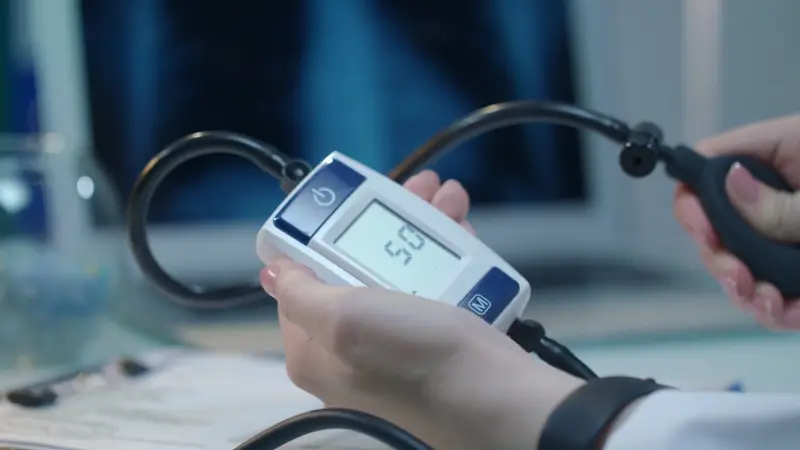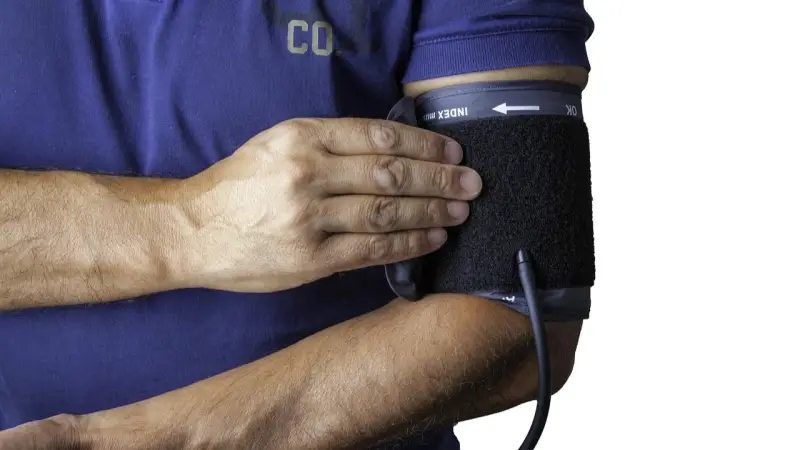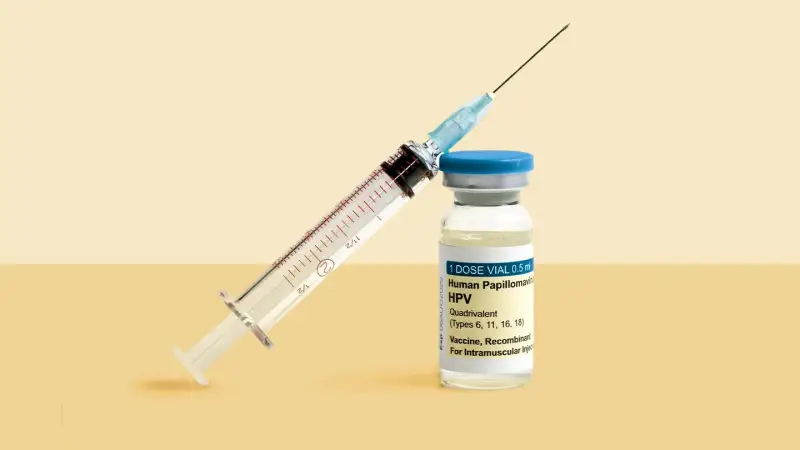
The rate of high blood pressure in children and adolescents nearly doubled globally between 2000 and 2020, according to a new and comprehensive analysis published in “The Lancet Child & Adolescent Health.”
In 2000, about 3.2% of children had high blood pressure, but by 2020, this percentage had risen to more than 6.2% among children and adolescents under the age of 19, meaning about 114 million young people worldwide are affected.
What’s the reason?
The study indicated that obesity is a major factor in the increase in high blood pressure in children. Nearly 19% of children and adolescents with obesity suffer from high blood pressure, compared to less than 3% of children and adolescents with a healthy weight.
Study author Professor Igor Rudan said:
“The near doubling in childhood hypertension over 20 years should ring alarm bells for health care providers and caregivers.”
“But the good news is that we can take steps now, such as improving screening and prevention efforts, to help manage high blood pressure in children and reduce the risk of additional health complications in the future.”
Importance of blood pressure
Study author Dr. Biqiong Dong of Zhejiang University School of Medicine (China) explained: “Childhood hypertension is more common than previously thought, and relying only on traditional clinic blood pressure readings is likely to underestimate the true prevalence or lead to misdiagnosis of hypertension in children and adolescents.”
Early detection and improved access to prevention and treatment options are more important than ever to identify children with or at risk of developing hypertension.
Treating high blood pressure in children now is vital to prevent future health complications as they transition into adulthood.
(Translations)

















